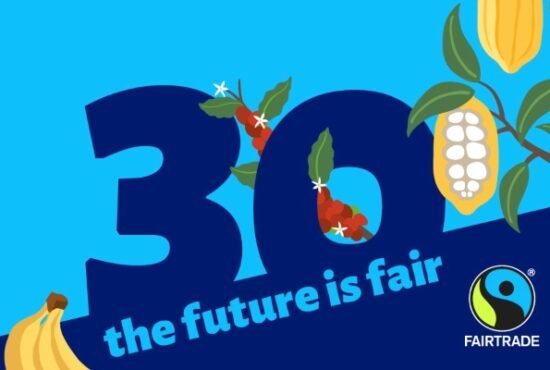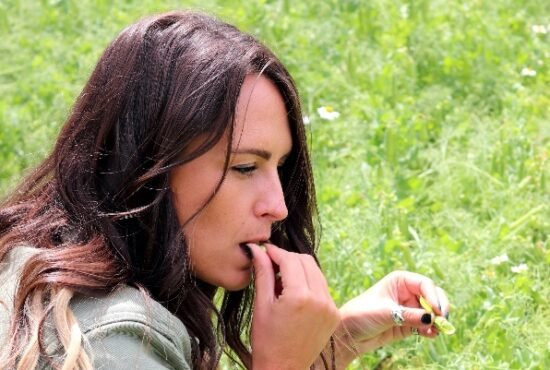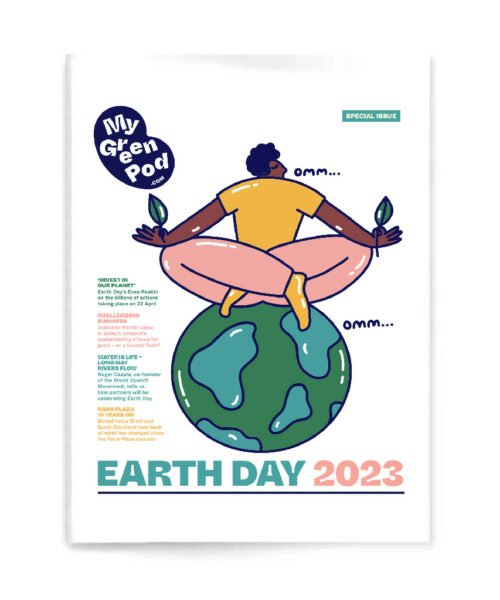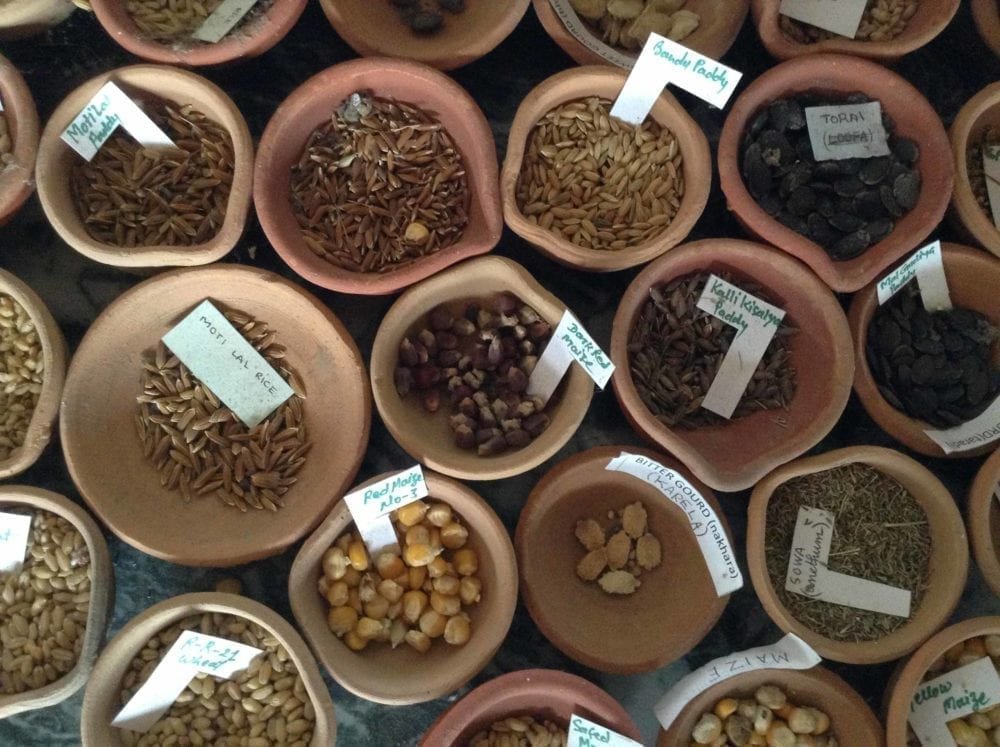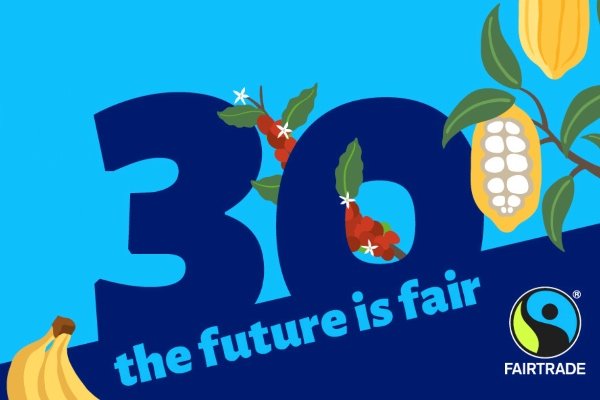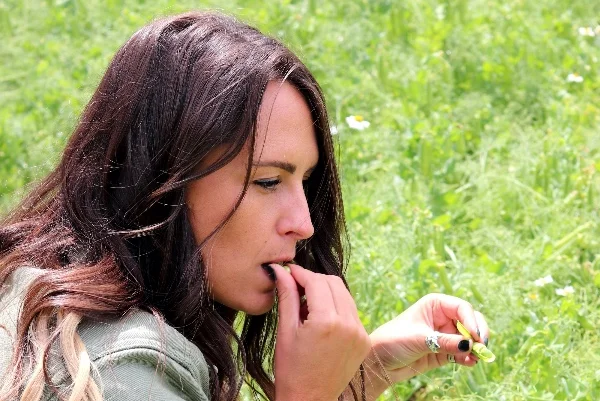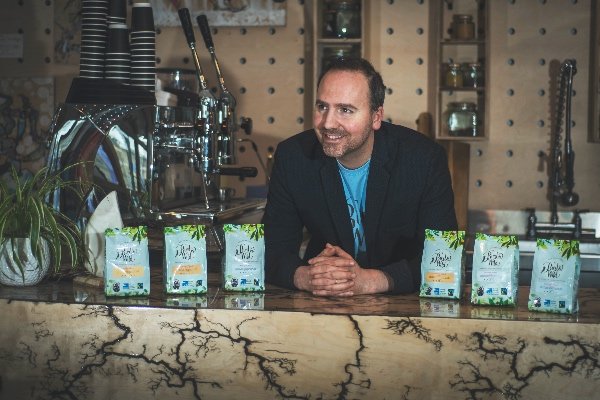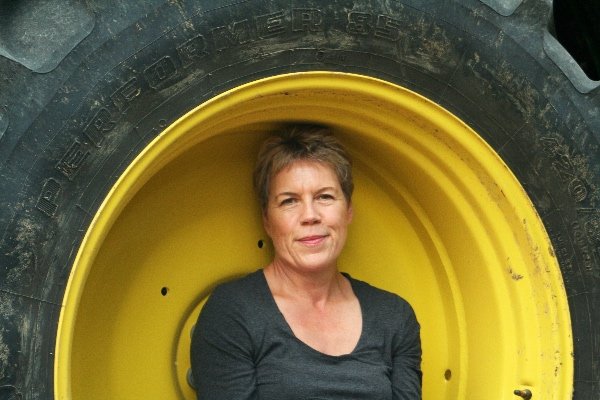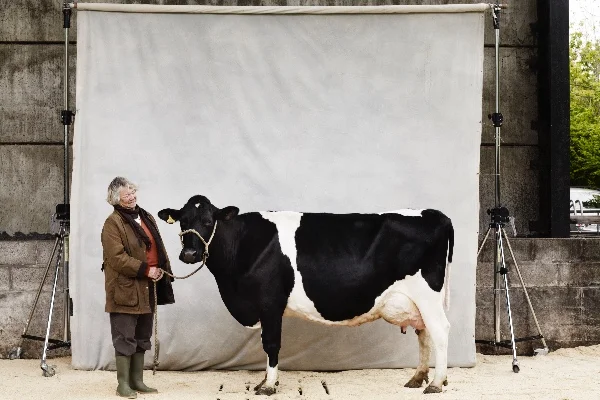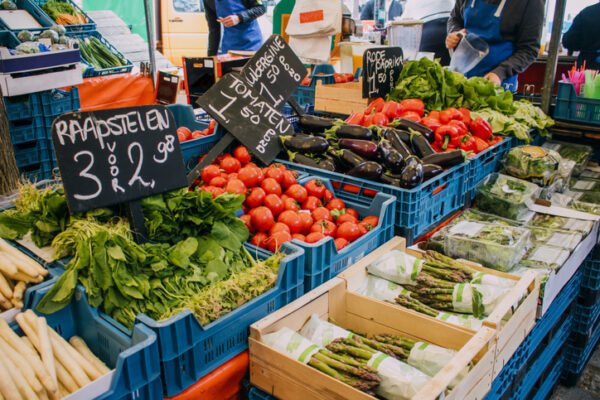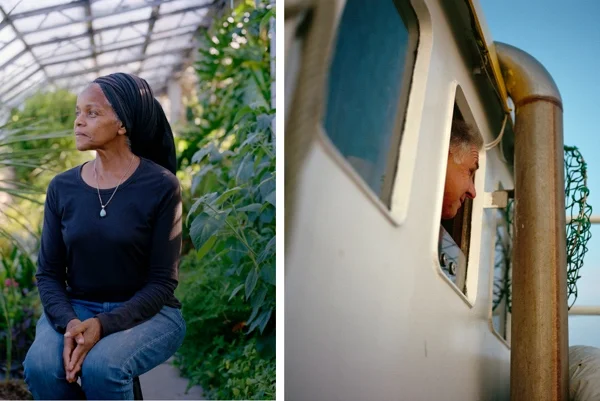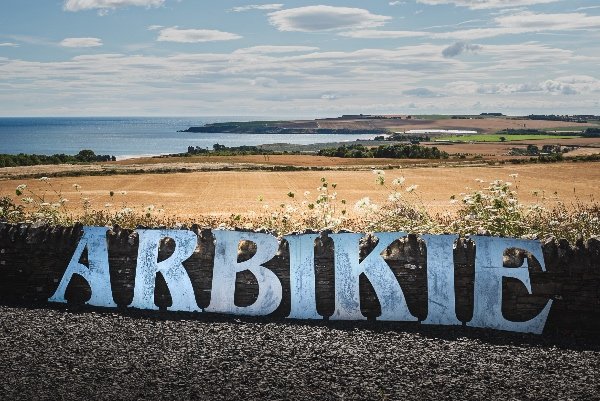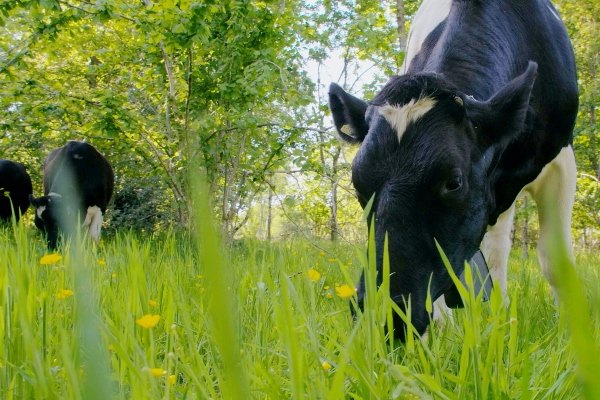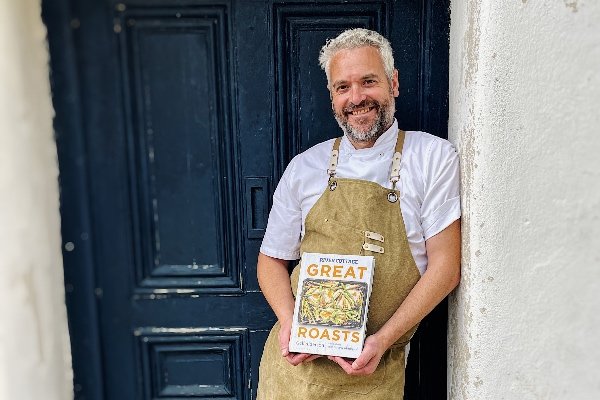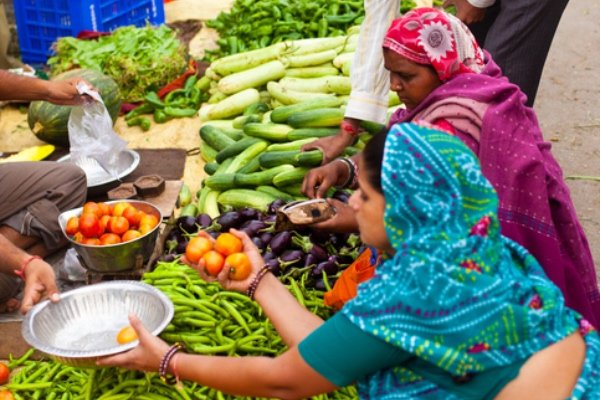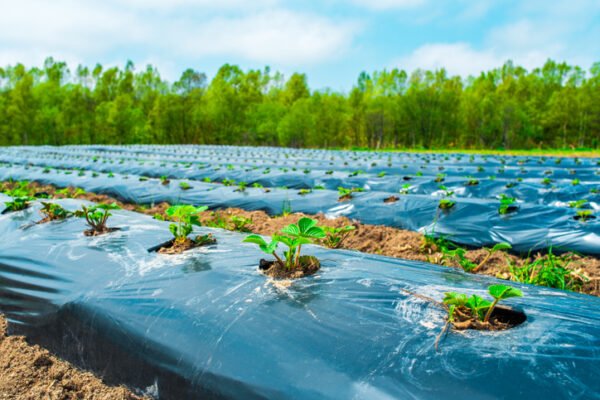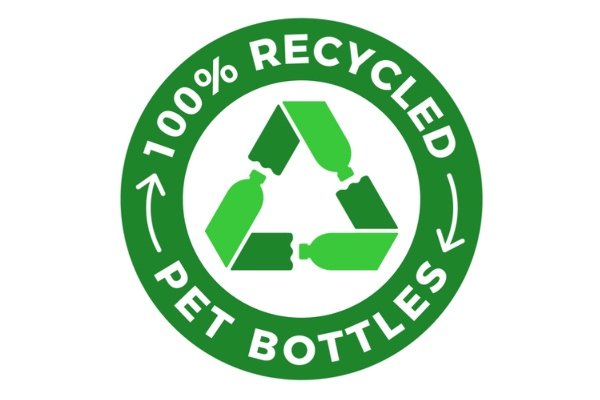Two of India’s mightiest and most sacred rivers, the Yamuna and the Ganges, strain towards each other through Doon Valley in the lower Himalaya: their closest meeting point before intersecting at the Triveni Sangam. The air in the mountain-framed valley is full of magic; golden orioles streak through the canopy and, according to local legend, the haunted soul of an unloved daughter calls ‘The mangoes are ready’ when the orchard fruit is ripe for harvest. This lush belt in Uttarakhand state is sustainable development in motion: organic farms and seed banks are spurred on by the tireless work of Dr Vandana Shiva, and over 50 micro, small and medium enterprises in the area have been established – and continue to evolve – in harmony with nature.
But last year, a familiar battle started to play out on the soil of the valley floor. The magnetic draw of industrialisation led the government of Uttarakhand to open its doors to Coca-Cola, a multi-billion multinational that represents everything this state does not. Nevertheless, an agreement was signed in April to allow Coke’s Indian arm, Hindustan Coca-Cola Beverages Private Limited, to invest ₹600 crore (around £60 million) in a 40-hectare bottling plant in Charba village, Doon Valley, in the hope that a surge in employment and an economic boom would follow.
Charba villagers, whose livelihoods depend on the fertility, moisture and availability of the soil, rallied to protest ‘In a country of milk and curd, Coke and Pepsi is absurd’ and ‘Coca-Cola is poison; it is wreaking havoc on our nation.’ The village community passed a resolution – with 100% consensus – to put a stop to the plant, which would sprawl over an area of the village commons that the community had planted with over 60,000 trees.
Villagers tied sacred threads – or bonds of protection – called rakhis to the Shisham, Kher, Bakkaiyan and Sagwan trees destined to be felled for the plant, echoing the famous Chipko movement in the 1970s that put a stop to logging in the Himalaya. Sacred water was collected from the Yamuna as residents pledged to protect their rivers and the groundwater. For many, many reasons, Coca-Cola is not welcome here.
It may come as no surprise that Dr Vandana Shiva, the well-loved campaigner and activist, has spearheaded the rally against Coca-Cola’s project. Uttarakhand is Dr Shiva’s home state, and Doon Valley the home of her own organic biodiversity farm, Navdanya, where I was staying when news of Coca-Cola’s plans struck.
Navdanya, meaning ‘nine seeds’, is a 40-acre testament to the fact that no land is beyond saving if you’re prepared to invest love, time and patience. Before its transformation, the site hosted 20 acres of sugarcane and eucalyptus – two dangerously thirsty crops that were having a drastic impact on the water table – and a 20-acre mango orchard. All the land was chemically farmed. After just three years and a lot of hard work, the turnaround was complete and a fully operational organic farm fluttered from the chrysalis. During my stay, Dr Shiva explained that even the most barren land can be turned around in five years, and that chemical farming is simply a ‘farming of ignorance’ effected by a farmer’s disconnection from the land.
The irony is that traditional Indian farming relied on a deep spiritual and emotional connection to the earth, and employed some of the most successful agricultural techniques on the planet. In 1889, on being deputed by the Secretary of State to India to advise the imperial government on the state of India’s agriculture, Dr. John Augustus Voelcker reported, ‘I do not share the opinions which have been expressed as to Indian Agriculture being, as a whole, primitive and backward, but I believe that in many parts there is little or nothing that can be improved… I may be bold to say that it is much easier to propose improvements in English agriculture than to make really valuable suggestions for that of India.’ (cited p.26, The Violence of the Green Revolution, Dr Vandana Shiva).
The wrenching of farmer from land was a forced one; the Green Revolution of the 1970s created a dependence on seeds and artificial fertilisers from the west, by those intending to supercharge India’s agricultural productivity and over-satisfy consumer demand. The agrarian crisis that ensued is still being felt – most painfully in areas such as ‘the suicide belt’ in Vidarbha, Maharashtra, where a reported average of 56 farmers per month are driven to take their own lives in the face of insurmountable debts. Imposed farming techniques have rendered land barren and, as the multinational seed companies’ prices (and profits) have sky-rocketed, so have the farmers’ debts. The architects of this movement were driven by the will to maximise yield and profit, with no view to the long-term social – or environmental – costs.
In a country as vast, populous and climatically varied as India, seed diversity is essential – and a monocrop, chemical system that strips away diversity is plain dangerous. Indigenous farmers experimented for centuries to find and cultivate seeds to withstand local climates and conditions, yet this wisdom and connection to the earth has been eroded as traditional farming techniques are consigned to the history books. This at a time when the constant evolution of crops to meet changing climatic conditions is more necessary than ever. Rice is particularly climate-sensitive and must be allowed the freedom to evolve with the land; seeds in Orissa must be resistant to cyclones and flooding, while different characteristics would be required for resilience to the drought-prone soil of central India. Time will tell which traits will be most valuable in the future, but chemical agriculture has already reduced biodiversity to the point where iron and vitamin C deficiency are big problems in India.
This is where Navdanya’s role as biodiversity protector kicks in. The real treasure in this farm is its seed bank; the shed locked away at the back of the farm is home to around 1,500 seed varieties, including 630 different rice cultivars alone. Each seed is organic, and each is available to local farmers who wish to make the transition to organic farming. Over 100 other seed banks have now been established in 17 states across India, and training and support is offered to help farmers move back to the organic system.
Roughly 20 people work full-time on the farm, and there’s a constant stream of volunteers to help with harvesting and planting, as well as tending areas of land including the medicinal herb garden. Roughly half of the seeds from every harvest are saved and replanted to ensure they’re constantly evolving, and the rest are allowed to flourish in order to feed the staff (the food on the farm – from the fresh leaves to the fluffy rice, amaranth chapathis and mixed, seasonal vegetable sabzis – was absolutely delicious) or be sold through stores. I missed the harvesting but was able to help with chana (chickpea) sifting, which meant separating the ‘good’ (for dinner) from the ‘bad’ (for the cows). A meal always tastes better when you’ve worked for it, and the hours invested in ensuring every chickpea was shuffled to its destiny – along with having my eye trained by the expert wives of local farmers – re-affirmed my belief that there’s no such thing as waste.
 Play Video about This Rock Might Just Save The World
Play Video about This Rock Might Just Save The World Play Video about Play 2 hours of rock
Play Video about Play 2 hours of rock Play Video about Play 2 hours of brook
Play Video about Play 2 hours of brook Play Video about Play 2 hours of sheep
Play Video about Play 2 hours of sheep
